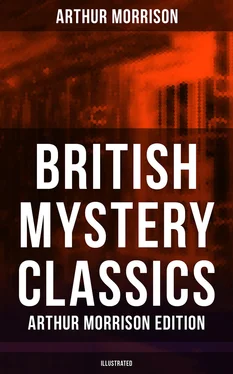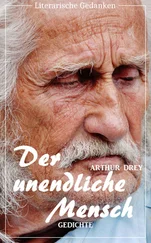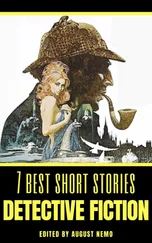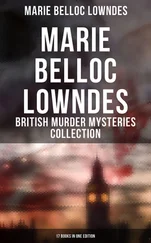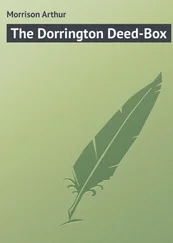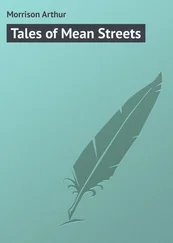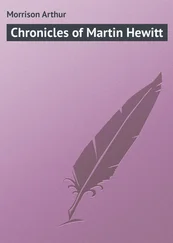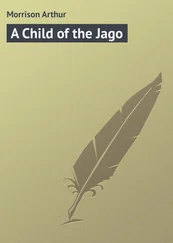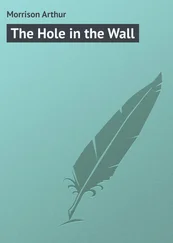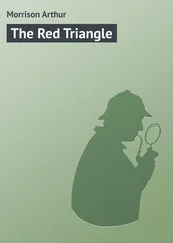“I had spoiled every plate I could find, and had the developed negatives safely in my pocket, when I happened to glance at a porcelain washing-well under the sink. There was one negative in that, and I took it up. It was not a negative of a drawing of yours, but of a Russian twenty-ruble note!”
This was a discovery. The only possible reason any man could have for photographing a bank-note was the manufacture of an etched plate for the production of forged copies. I was almost as pleased as I had been at the discovery of your negatives. He might bring the police now as soon as he liked; I could turn the tables on him completely. I began to hunt about for anything else relating to this negative.
“I found an inking-roller, some old pieces of blanket (used in printing from plates), and in a corner on the floor, heaped over with newspapers and rubbish, a small copying-press. There was also a dish of acid, but not an etched plate or a printed note to be seen. I was looking at the press, with the negative in one hand and the inking-roller in the other, when I became conscious of a shadow across the window. I looked up quickly, and there was Mirsky hanging over from some ledge or projection to the side of the window, and staring straight at me, with a look of unmistakable terror and apprehension.
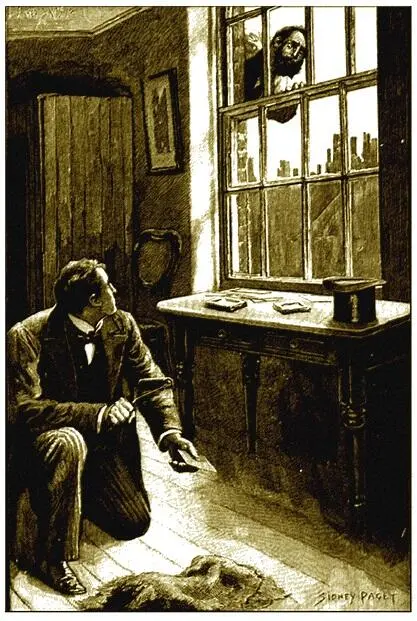
“The face vanished immediately. I had to move a table to get at the window, and by the time I had opened it there was no sign or sound of the rightful tenant of the room. I had no doubt now of his reason for carrying a parcel down-stairs. He probably mistook me for another visitor he was expecting, and, knowing he must take this visitor into his room, threw the papers and rubbish over the press, and put up his plates and papers in a bundle and secreted them somewhere down-stairs, lest his occupation should be observed.
“Plainly, my duty now was to communicate with the police. So, by the help of my friend the barber down-stairs, a messenger was found and a note sent over to Scotland Yard. I awaited, of course, for the arrival of the police, and occupied the interval in another look round—finding nothing important, however. When the official detective arrived, he recognized at once the importance of the case. A large number of forged Russian notes have been put into circulation on the Continent lately, it seems, and it was suspected that they came from London. The Russian Government have been sending urgent messages to the police here on the subject.
“Of course I said nothing about your business; but, while I was talking with the Scotland Yard man, a letter was left by a messenger, addressed to Mirsky. The letter will be examined, of course, by the proper authorities, but I was not a little interested to perceive that the envelope bore the Russian imperial arms above the words ‘Russian Embassy.’ Now, why should Mirsky communicate with the Russian Embassy? Certainly not to let the officials know that he was carrying on a very extensive and lucrative business in the manufacture of spurious Russian notes. I think it is rather more than possible that he wrote—probably before he actually got your drawings—to say that he could sell information of the highest importance, and that this letter was a reply. Further, I think it quite possible that, when I asked for him by his Russian name and spoke of ‘a confidential letter,’ he at once concluded that I had come from the embassy in answer to his letter. That would account for his addressing me in Russian through the key-hole; and, of course, an official from the Russian Embassy would be the very last person in the world whom he would like to observe any indications of his little etching experiments. But, anyhow, be that as it may,” Hewitt concluded, “your drawings are safe now, and if once Mirsky is caught, and I think it likely, for a man in his shirt-sleeves, with scarcely any start, and, perhaps, no money about him, hasn’t a great chance to get away—if he is caught, I say, he will probably get something handsome at St. Petersburg in the way of imprisonment, or Siberia, or what not; so that you will be amply avenged.”
“Yes, but I don’t at all understand this business of the drawings even now. How in the world were they taken out of the place, and how in the world did you find it out?”
“Nothing could be simpler; and yet the plan was rather ingenious. I’ll tell you exactly how the thing revealed itself to me. From your original description of the case many people would consider that an impossibility had been performed. Nobody had gone out and nobody had come in, and yet the drawings had been taken away. But an impossibility is an impossibility, after all, and as drawings don’t run away of themselves, plainly somebody had taken them, unaccountable as it might seem. Now, as they were in your inner office, the only people who could have got at them besides yourself were your assistants, so that it was pretty clear that one of them, at least, had something to do with the business. You told me that Worsfold was an excellent and intelligent draughtsman. Well, if such a man as that meditated treachery, he would probably be able to carry away the design in his head—at any rate, a little at a time—and would be under no necessity to run the risk of stealing a set of the drawings. But Ritter, you remarked, was an inferior sort of man. ‘Not particularly smart,’ I think, were your words—only a mechanical sort of tracer. He would be unlikely to be able to carry in his head the complicated details of such designs as yours, and, being in a subordinate position, and continually overlooked, he would find it impossible to make copies of the plans in the office. So that, to begin with, I thought I saw the most probable path to start on.
“When I looked round the rooms, I pushed open the glass door of the barrier and left the door to the inner office ajar, in order to be able to see any thing that might happen in any part of the place, without actually expecting any definite development. While we were talking, as it happened, our friend Mirsky (or Hunter—as you please) came into the outer office, and my attention was instantly called to him by the first thing he did. Did you notice anything peculiar yourself?”
“No, really, I can’t say I did. He seemed to behave much as any traveler or agent might.”
“Well, what I noticed was the fact that as soon as he entered the place he put his walking-stick into the umbrella-stand over there by the door, close by where he stood, a most unusual thing for a casual caller to do, before even knowing whether you were in. This made me watch him closely. I perceived with increased interest that the stick was exactly of the same kind and pattern as one already standing there, also a curious thing. I kept my eyes carefully on those sticks, and was all the more interested and edified to see, when he left, that he took the other stick—not the one he came with—from the stand, and carried it away, leaving his own behind. I might have followed him, but I decided that more could be learned by staying, as, in fact, proved to be the case. This, by the by, is the stick he carried away with him. I took the liberty of fetching it back from Westminster, because I conceive it to be Ritier’s property.”
Hewitt produced the stick. It was an ordinary, thick Malacca cane, with a buck-horn handle and a silver band. Hewitt bent it across his knee and laid it on the table.
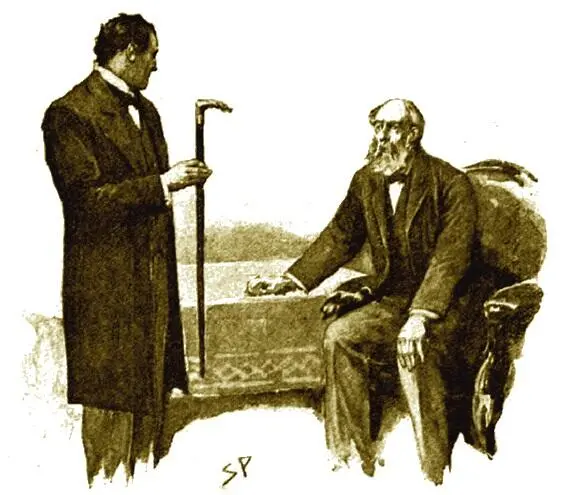
“Yes,” Dixon answered, “that is Ritter’s stick. I think I have often seen it in the stand. But what in the world—”
Читать дальше
